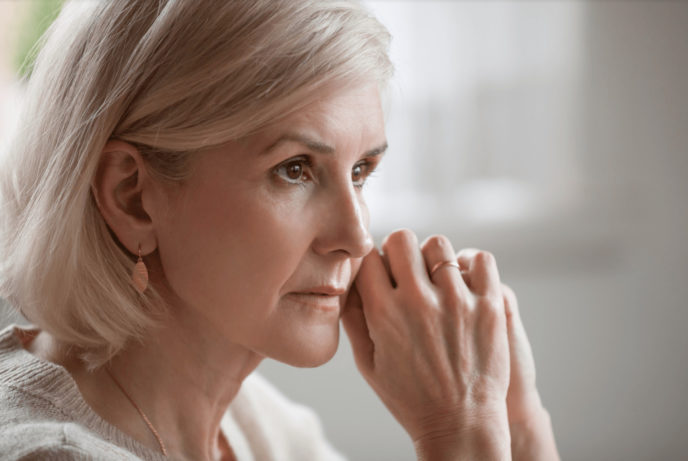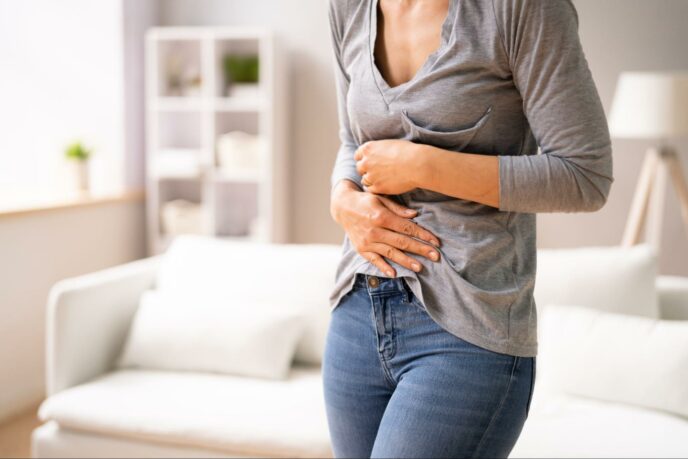
How Quickly Do Uterine Fibroids Grow

Medical studies show an estimated 20 – 80% of women develop uterine fibroids by the age of 50. While the cause of these noncancerous tumors is not always evident, hormone levels have been shown to play a role in fibroid growth and development.
The doctors of American Fibroid Centers frequently conduct consultations in numerous locations in the NYC area including Queens, Brooklyn, Fishkill, Harlem as well as West Orange, NJ and Cincinnati, OH. Call now to schedule a fibroid consultation or browse our website to learn more.
Who is at risk of uterine fibroids?
Fibroids are common among people of childbearing age, although they can occur at any time. Factors like race and genetics may contribute to overall risk. Early-onset menstruation, obesity, and health issues, like vitamin deficiencies and high blood pressure, have also been linked to the development of fibroids.
Women should attend regular well-woman examinations to ensure that fibroids are detected early. Small tumors may not produce any fibroid symptoms, but larger ones cause heavy menstrual bleeding, painful periods, abdominal pressure, and frequent urination. Anyone who experiences symptoms should speak with a medical professional for a diagnosis and seek options for treatment.
What causes fibroid growth?
Estrogen and progesterone are hormones that manage many processes in the body, including menstrual cycles and fertility in women. Medical studies have shown that hormones also influence fibroid development. High hormone levels may cause fibroid growth, while low hormone levels could lead to fibroid regression.
Fibroids may continue to develop as long as estrogen levels remain high. Although fibroids are noncancerous, growing tumors can cause problems like pain and bleeding when left untreated. Fortunately, American Fibroid Centers Board Certified vascular experts offer a safe and effective treatment option called Uterine Fibroid Embolization to help women manage unwanted fibroid symptoms.
What treatments are available for uterine fibroids?
Women living in the NYC area can seek care at an American Fibroid Center location in Queens, Brooklyn, Fishkill, and Harlem. There are also locations in Cincinnati, OH and West Orange, NJ. The procedure which is performed at American Fibroid Centers locations is called uterine fibroid embolization (UFE). This non-surgical treatment has helped countless women achieve real pain relief.
UFE involves shrinking fibroids by cutting off their blood supply through embolization. This procedure uses advanced image-guided technology and specialized tools and techniques. Patients can return to normal routines shortly after UFE treatment and typically experience a shorter recovery period compared to surgical treatment.
What happens after UFE?
Patients are monitored in a comfortable on-site recovery room after undergoing UFE. Side effects, like fatigue, low-grade fever, and nausea may occur and should dissipate over the following several days to a week. American Fibroid Centers doctors will schedule one or more follow-up visits to ensure that your recovery progresses as planned. About 85 – 90% of women who undergo UFE with American Fibroid Centers achieve long-term pain relief.
Learn more about fibroid growth and development
Patients living in Cincinnati, OH, Queens, Brooklyn, Fishkill, Harlem, and West Orange, NJ, can reach out to American Fibroid Centers to request a consultation. Our experienced physicians will explore treatment options and help find a solution that works best for you.
Related Blogs & Videos
Learn more about vascular health, prevention, and care for Peripheral Arterial Disease.





